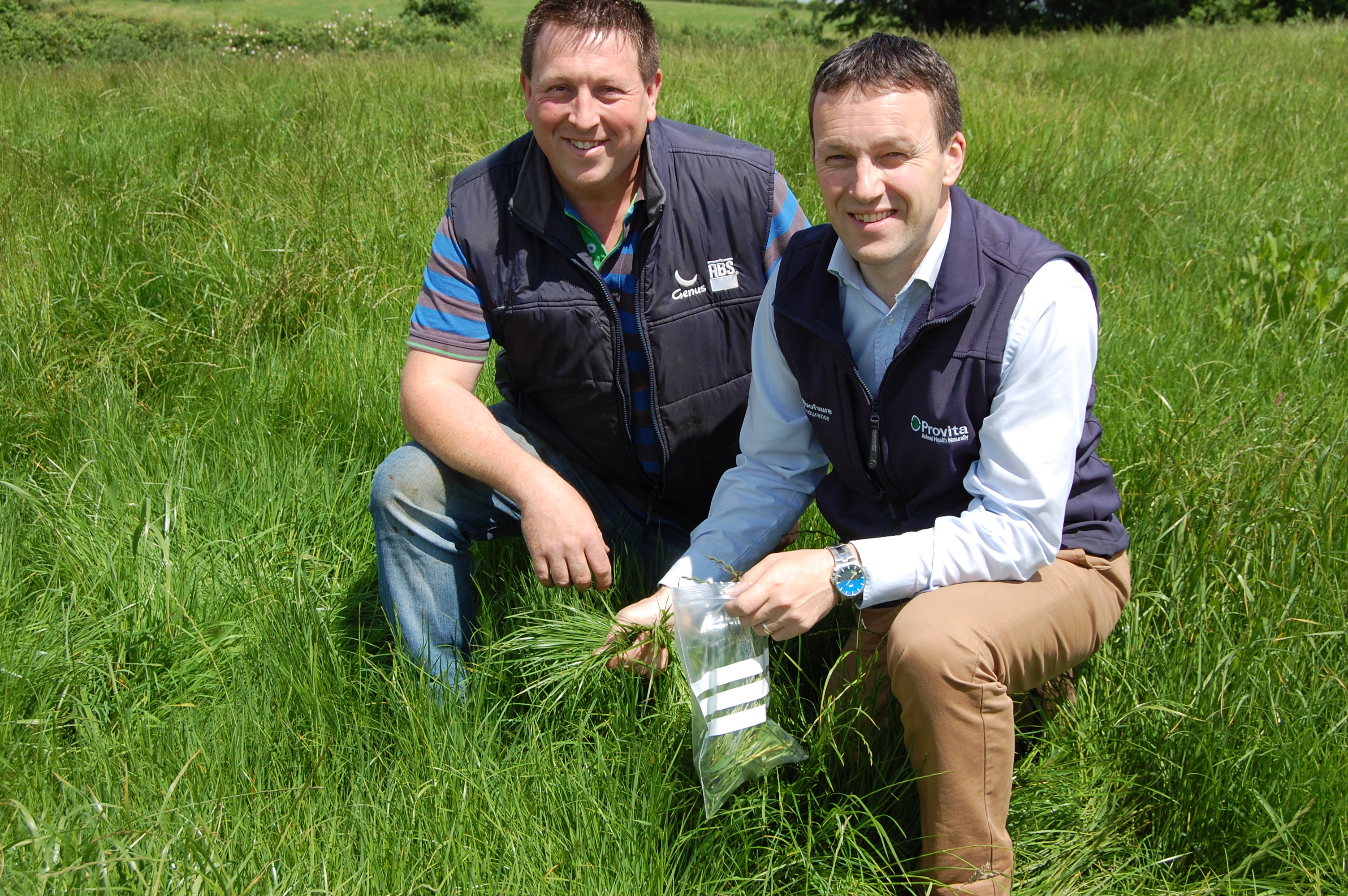Second cut silage harvesting got underway this week with farmers and contractors reporting that grass swards have headed faster than anticipated.
“We started harvesting our own second cut a few days ago,” confirmed Gilford-based milk producer and grass contractor Mark Spence.
“The recent spell of hot weather, in tandem, with the rain of recent days has really boosted grass growth rates.
“On Wednesday of this we harvested 10 acres that had been cut the first time at the beginning of May. The field in question received the equivalent of 1¾ bags of 24: 0: 6 as soon as the first cut had been taken.
“I was truly surprised at how well it had grown on over the past number of weeks. The grass was cut with a mower conditioner, allowed to wilt for 24 hours and then picked up with a John Deere self- propelled harvester.
Mark milks 300 cows, along with his father Colin. He harvests a total of 1,000 acres of grass annually for the cows, spread over four cuts.
“We also cut a further 3,000 acres for farmers in the Gilford area,” he added.
Provita’s Tommy Armstrong was a recent visitor to the Spence farm. While there he took a fresh grass sample, which was subsequently submitted to the AFBI laboratory at Hillsborough for analysis.
“If the sample is left in during the early part of the day, the results will be available within four hours,” he said.
“These will confirm the nitrogen levels in the fresh forage and give a strong indication as to whether or not it is safe to cut the swards form the sample was taken.”
The Provita representative also confirmed that grass swards have progressed through their respective growth stages at a very rapid rate over recent weeks.
“Silage quality is critically dependent on growth the stage at which swards are cut. Given current circumstances I would strongly urge farmers to walk their second cut silage fields in order to accurately gauge their progress over recent weeks.
Mark Spence is using Provita’s Advance+ inoculant on all this year’s silage crops.
“The quality of this year’s first crop was excellent,” he confirmed.
“And we want to sustain this level of forage making performance throughout the 2016 season.”
While indicators such as pH and ME are important in determining the overall quality of grass silages, the most imperative characteristic of such forages is the ammonia concentration, expressed as a percentage of the total nitrogen contained within the feed. Significantrly, AHDB Dairy now ranks ammonia levels as the most critical factor in determining grass silage quality
“The ammonia concentration is a measure of the total protein broken down in the plant and is also an indicator of how successful the fermentation process of the silage was,” explained Tommy Armstrong.
He added:
“Both mini silo and on-farm trials, carried out under commercial conditions, have confirmed that Advance+ will act to reduce ammonia percentages by one third, from 15% down to 10%.
“The clearest verification of this was achieved courtesy of a recent ‘split trial’ which saw half the forage in a 800t clamp treated with Advance+. The remainder of the clamp was left untreated.
“Straw bales were put in place to divide the silo in two with alternate wagons loads of grass treated with the inoculant. So, essentially, we made two separate clamps of silage from the same grass within the one silo.
“The results achieved pointed clearly to the benefits of using Advance+. And this was evident from the very instant the silo was opened.”
He concluded:
“The other key benefit to be gained from using Advance+ is its proven ability in doubling the number of days that silage can be left exposed to air at feed out before spoilage arise.”
